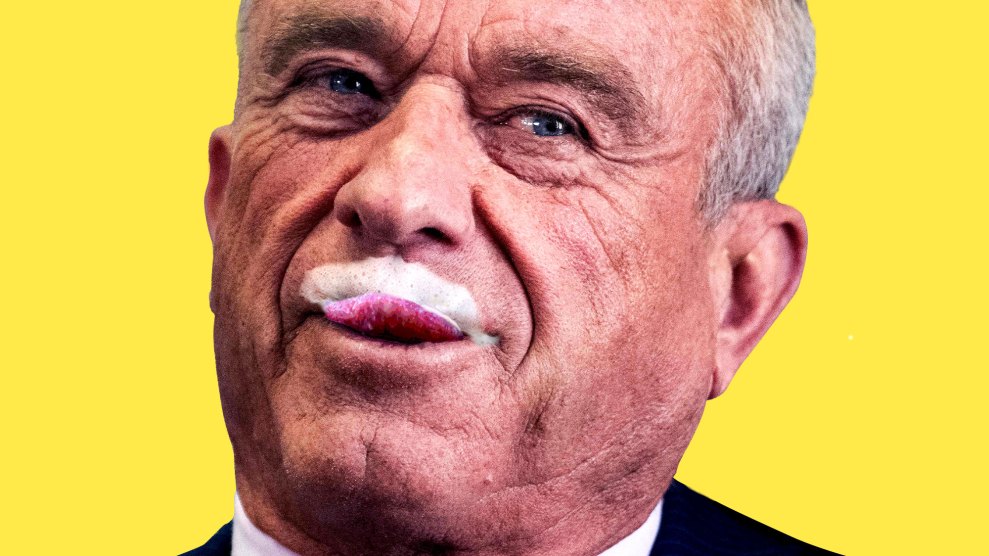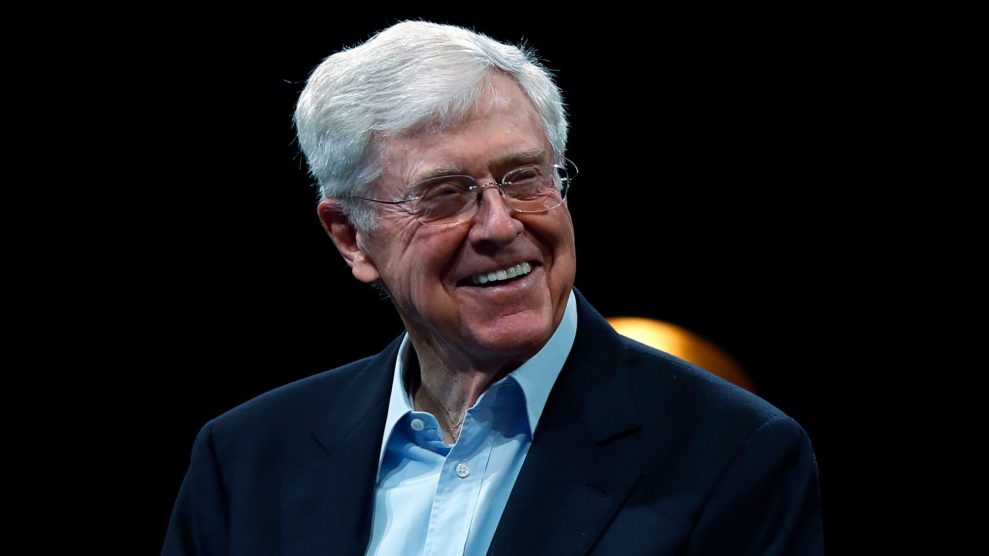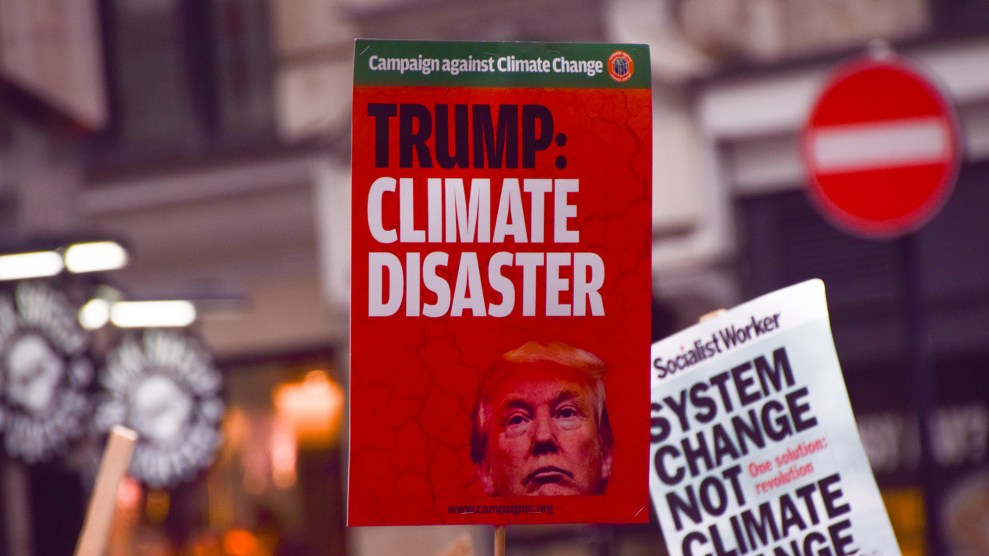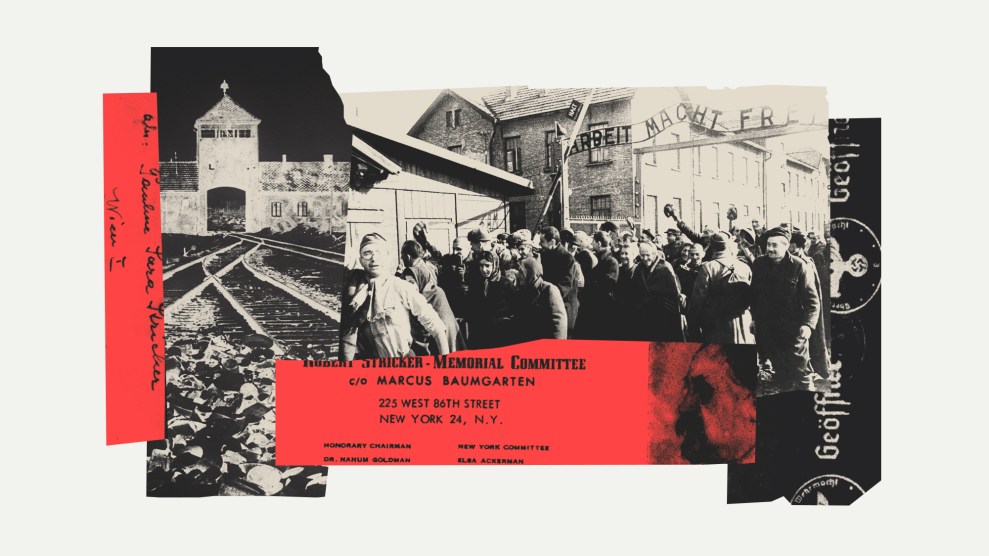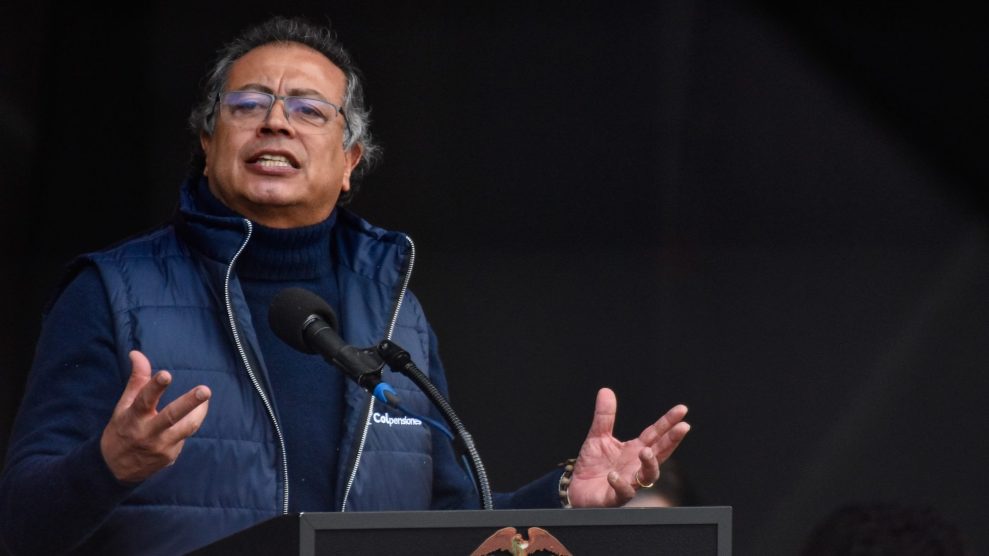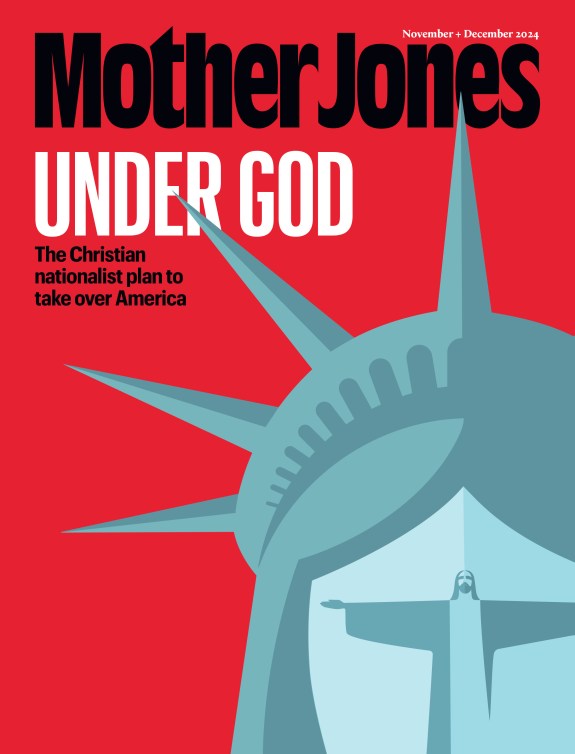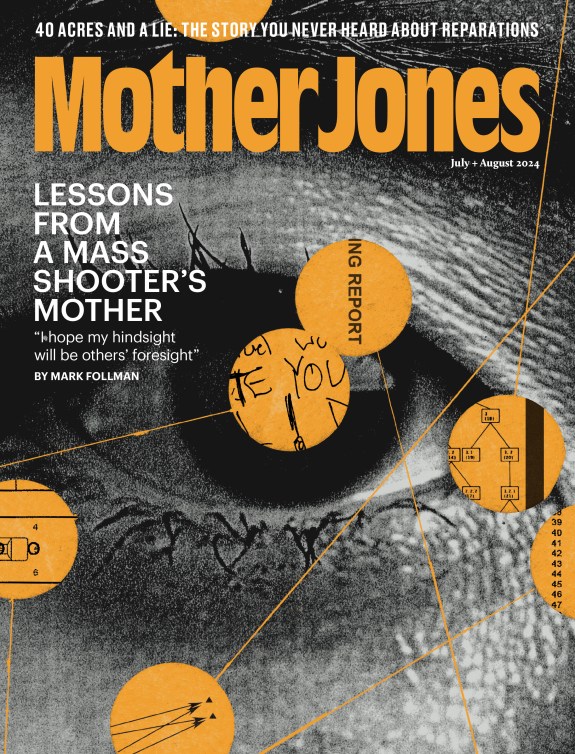Any meaningful health care reform will have to overcome two major political obstacles: First, while polling shows that about 60 percent of Americans favor “a national health insurance program for all Americans, even if this would require higher taxes,” most still resist the concept of a Canadian-style single-payer system. Second, few politicians are willing to embrace reform that interferes with the insurance and pharmaceutical industries.
As an alternative to the timid, complicated, and inefficient insurance-based proposals that currently prevail in the Democratic Party—most of which envision a government-run plan to compete in the marketplace with private ones—a new administration would do well to turn to the nation’s only existing single-payer plan for a wide range of citizens: Medicare. The program, which is widely accepted and liked, could provide the framework for a gradually expanding system that would not only provide coverage for the mushrooming senior population, but extend to include people over 60 (and later 55) and children up to age 18 (or 21 if enrolled in higher education), with the aim of someday meeting in the middle. At the same time, Medicare could be made immediately accessible to all disabled people—who currently have to wait two years to qualify—and to all veterans, as John McCain has proposed.
One 2008 study by the Commonwealth Fund estimated that a broadly available “Medicare-like option with enhanced benefits” would cost only $259 per month for individuals and $702 for families—considerably cheaper than many private plans. While the self-employed could enroll directly in such an option, Commonwealth suggests that employers be required to either provide insurance to workers or pay into the government system. It also advocates tax credits to offset costs for those with lower incomes—though a better option would be sliding-scale premiums starting at zero.
Commonwealth estimates that this system would cover 44 million of the 48 million Americans currently without health insurance, and improve coverage for some 60 million more—while increasing health spending by no more than 1 percent.
But before Medicare can serve as a bridge to a single-payer system, flaws in the existing program need to be addressed, including Medicare Part D, the new industry-operated drug program. The loophole known as “Medicare Advantage,” through which the government pays private insurance companies a premium rate to provide plans it can offer cheaper and better itself, also needs to be closed.
yeas: A “transitional” plan with a Medicare-based government option that aims to take business away from private insurers—rather than mop up their leftovers—is bolder than anything leading Democrats, including Barack Obama, have proposed. But with a strong congressional majority, such a plan might just gain support from cautious Dems, along with the grudging endorsement of single-payer advocates.
nays: The insurance industry and Big Pharma will surely see the writing on the wall in any transitional plan. Some single-payer advocates will also remain opposed to what Harvard Medical School’s Steffie Woolhandler calls “tepid” reform.
chances? A Democrat in the White House will have to tackle this issue within the first year in office; in an increasingly desperate economic environment, a bolder plan just might float.

